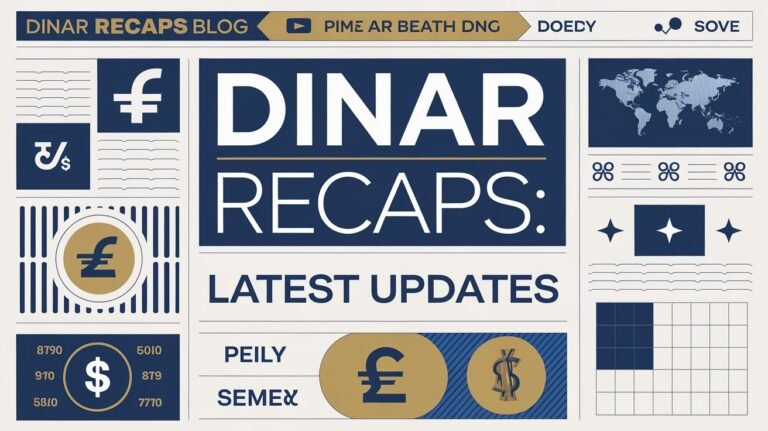The No-BS Investment Guide: Discommercified, Demystified, and Actually Useful
What Does “Discommercified” Even Mean in Investing?
“Discommercified” isn’t a word you’ll find in your average finance textbook, but it might be the one term that separates smart investors from the rest. In a world packed with financial influencers, affiliate links, and pay-to-play advice, a discommercified investment guide means cutting out the noise. It’s information you can trust—free of hidden sales pitches, commission-driven advice, or conflict-of-interest strategies. We’re stripping investing down to its core truths. No sponsored posts. No upsells. Just real, actionable insights you can use to build wealth with clarity and confidence.
Why Most Investment Advice Can’t Be Trusted
The investment world is saturated with content, but most of it is designed to make someone else money. Financial advisors often earn commissions on products they sell. Influencers link to platforms that pay them for referrals. News outlets generate revenue through fear-based headlines. Even free webinars often end with a sales pitch. This commercialization distorts the truth, prioritizing profits over principles. You might think you’re learning how to invest, but in reality, you’re being nudged toward a product or strategy that benefits the source more than it benefits you. A discommercified approach flips the script: it empowers you to make decisions based on facts, not funnels.
The Core Principles of Discommercified Investing
Discommercified investing focuses on timeless principles rather than trending tactics. At its core, it rests on five pillars:
- Transparency – Know what you’re getting into, including fees, risks, and incentives.
- Simplicity – Avoid overcomplication. The best strategies are often the easiest to understand.
- Independence – Trust no source that profits from your choices.
- Evidence-Based Strategy – Base your decisions on long-term data, not short-term hype.
- Personal Fit – Your investments should align with your goals, risk tolerance, and timeline—not someone else’s sales agenda.
When you keep these in focus, you avoid the traps that snare less informed investors.
Understanding Risk Without the Fearmongering
Risk is not the enemy—it’s the terrain. Every investment involves some level of risk, whether it’s the volatility of stocks, the illiquidity of real estate, or the inflation risk of holding cash. The key is to understand what type of risk you’re dealing with, how it affects your goals, and how to manage it. Discommercified risk assessment means no scare tactics, just facts. For example, stock market dips are normal. So are housing market corrections. But when you match your investments to your time horizon and diversify appropriately, these risks become manageable instead of terrifying.
Discommercified Breakdown of Asset Classes
Let’s look at the most common asset classes through a clear, unbiased lens:
- Stocks: Historically high returns over long periods, but volatile in the short term. Ideal for long-term growth.
- Bonds: Lower risk, lower reward. Best for stability and income, especially in later years.
- Real Estate: Tangible and potentially lucrative, but can be illiquid and management-intensive.
- Cash and Cash Equivalents: Low risk but highly vulnerable to inflation. Good for emergency funds.
- Alternative Investments: Includes crypto, commodities, collectibles. High risk, speculative. Only for seasoned investors.
No asset class is inherently good or bad. What matters is how and why you include it in your portfolio.
The Psychology of Investing Without the Hype
Smart investing is as much about mindset as mechanics. Behavioral finance shows us that fear, greed, and herd mentality often derail otherwise solid plans. Discommercified guidance teaches you to recognize these emotional traps. For example, don’t chase a stock just because it’s trending. Don’t sell in a panic during a downturn. Instead, build a rules-based system. Have a rebalancing schedule. Stick to your strategy. The less reactive you are, the more likely you are to succeed.
How to Build a Portfolio Without a Sales Pitch
A proper investment portfolio isn’t built from hot tips or glossy brochures. It starts with your goals. Are you saving for retirement, a house, financial independence? Define your timeline, risk tolerance, and income needs. Then allocate across diverse assets that reflect those realities. A typical beginner portfolio might include:
- 60% in broad-market index funds
- 20% in bonds or bond funds
- 10% in REITs (real estate investment trusts)
- 10% in cash or short-term CDs
That’s just a basic template. The point is: you don’t need a slick financial advisor or a proprietary algorithm. You need a plan grounded in reality and built for you.
Fees and Hidden Costs: The Silent Killers of Returns
Compounding works both ways. Just as your money can grow over time, so can the fees you pay if you’re not careful. A 1% fee may seem small, but over 30 years, it can eat up nearly a third of your total gains. Discommercified investing means scrutinizing every cost. Look for low-cost index funds. Avoid frequent trading. Steer clear of products with opaque or layered fees. Always ask: “Who benefits from me choosing this?” If the answer isn’t you, walk away.
Discommercified Tools and Resources You Can Actually Trust
You don’t need fancy software or high-priced advisors. These tools can help you stay on track:
- Brokerages: Vanguard, Fidelity, Schwab – low-fee, transparent platforms
- Portfolio Trackers: Empower (formerly Personal Capital), Morningstar X-Ray
- Budgeting Tools: YNAB, Mint, or a simple spreadsheet
- Educational Sites: Bogleheads.org, Investopedia, SEC.gov for plain-English breakdowns
None of these tools are being pitched for commission here. They’re recommended because they’re useful, affordable, and honest.
How to Spot and Avoid Commercialized Investment Advice
Here’s a checklist to protect yourself:
- Is there an affiliate link? That’s a red flag.
- Are they selling a course, ebook, or membership? Question the motive.
- Do they use emotional tactics like urgency or FOMO? Step back.
- Is the content light on details but heavy on buzzwords? Move on.
Discommercified investing is about education, not persuasion. Always vet your sources.
Final Thoughts: Your Money, Your Rules
Discommercified investing puts the power back in your hands. You don’t need to be a math whiz or market guru. You just need clarity, discipline, and skepticism. Start small. Stay consistent. Keep learning. When you strip away the noise, investing isn’t complicated—it’s empowering. And with this guide, you’ve got the tools to do it your way, no strings attached.
Read Also Our This Post: PedroVazPaulo Wealth Investment: Unlock the Secrets to Financial Success







